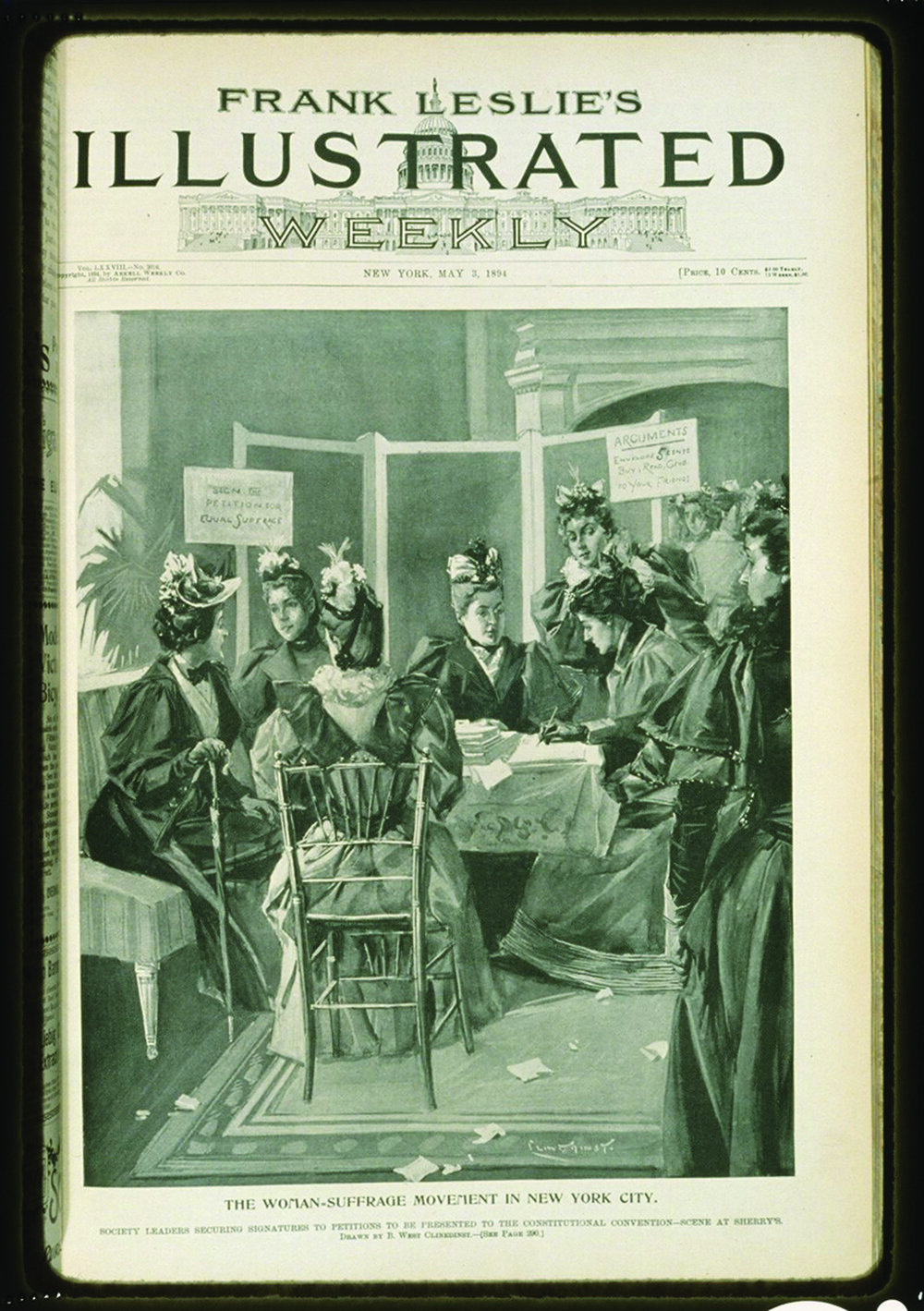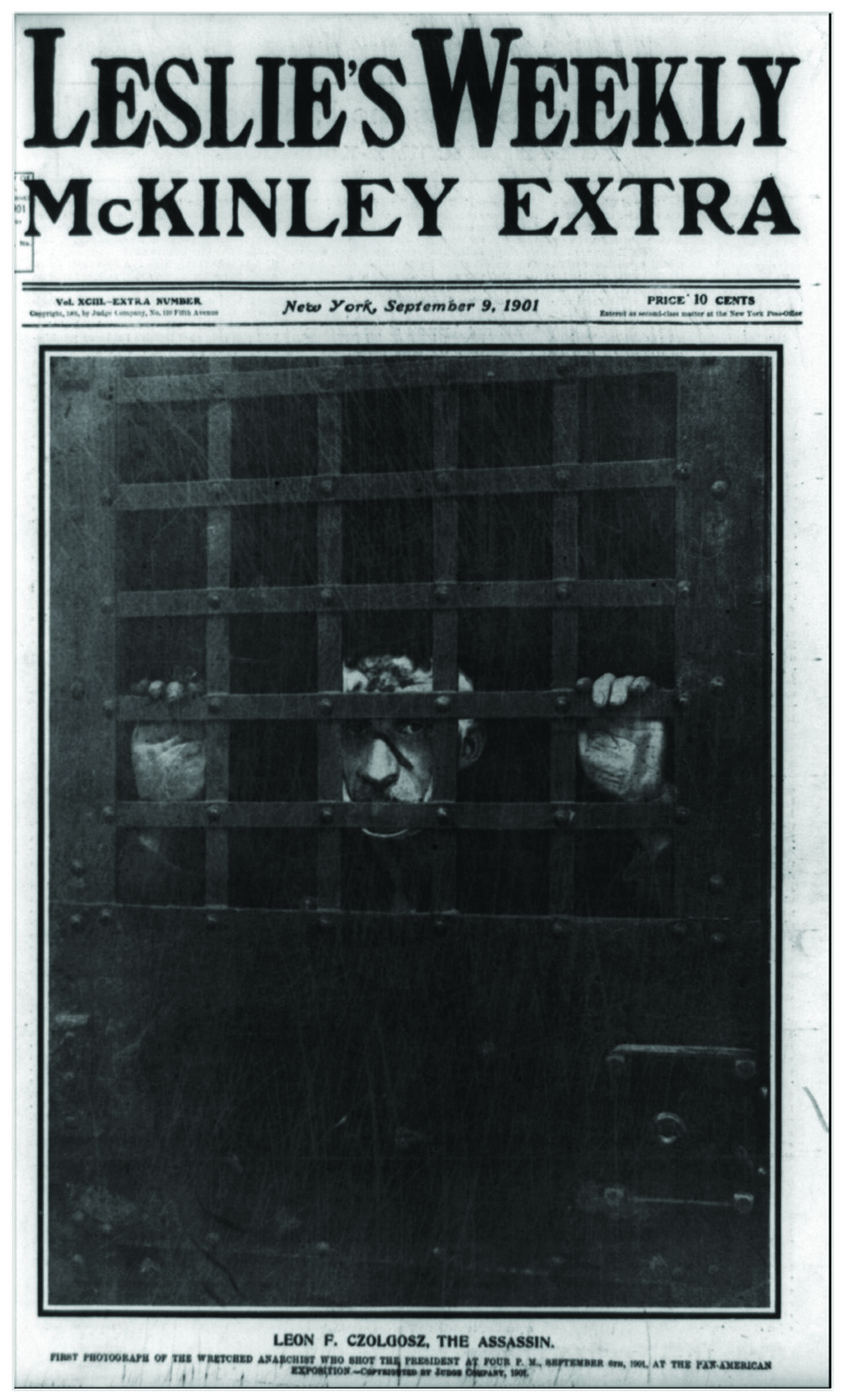Read All About It! In Frank Leslie's Illustrated Newspaper
Posted by Gunnar Rice on Apr 7th 2020
Whereas the Internet and cable television are the ways most receive their news today, in 1855 Frank Leslie’s Illustrated News published its first issue with a run of only 30 copies. It was an inauspicious beginning for what was to become by far the most popular illustrated paper in the United States, achieving a circulation of about 65,000 by 1897, and sometimes reaching as high as 100,000 during weeks when particularly newsworthy events occurred. Significant occurrences such as the battles from the Civil War through WWI and the devastation of the San Francisco earthquake were primarily featured, but reporters also covered politics, science, travel, exploration, and other topics. The illustrations in Leslie’s paper were enthusiastically welcomed by the public in an era when journalism consisted primarily of the written word.
Though Leslie’s Weekly was the most popular illustrated newspaper in the U.S., the concept of an illustrated newspaper did not originate with Frank Leslie. Newspapers in London would sometimes feature illustrations with their stories which resulted in a surge in sales. Herb Ingram, a British journalist and politician, noticed this trend. Sensing an opportunity he founded The Illustrated London News in 1842. This paper featured lavish illustrations in every issue, Ingram’s sure-fire method to rapidly gain a large circulation base. This paper was where Frank Leslie began his career.
As a young boy, Leslie had discovered a talent and passion for drawing. He pursued this interest against the wishes of his family. While apprenticing with his uncle’s dry goods firm in London, he began submitting sketches to the Illustrated London News. Although he had been born as Henry Carter, he signed his work with the name Frank Leslie to conceal his endeavors from his disapproving family. He had been expected to continue in the family business of glove manufacturing but instead began working as an engraver for the Illustrated London News. Leslie learned his craft so well he was rapidly promoted to superintendent of engraving.
Eventually, he made his way across the Atlantic to the United States where he worked for several illustrated periodicals before venturing into business for himself. Leslie’s paper featured 16 pages of 16 to 32 illustrations and accompanying stories per issue, the same format used by the London Illustrated News. While in London, he had learned the system of overlaying, which regulates light and shade effects, and he introduced it to the United States. Leslie also devised a method of dividing pictures into small sections, each of which could be worked on by a different engraver, rather than having only one engraver working on an entire picture. This process greatly shortened the time lag between a happening and the publication of the story and illustration. This proved to be a great advantage, especially in war time.
During the Civil War Leslie’s reporters and artists were on the scene for every major campaign. Though their coverage many have been somewhat romanticized, they provided reliable, timely eyewitness accounts of war events. This was a first in American journalism. Leslie’s News continued their tradition of war coverage through the Indian Wars, the Spanish-American Wars, and World War I. Leslie also sent reporters on expeditions to the Pacific, to the Klondike in Alaska and anywhere he felt there was a story the public would find interesting.
Several notable writers and illustrators worked for the publication, including Louisa May Alcott, H. Irving Hancock, Helen R. Martin, Ellis Parker Butler, Albert Berghaus and Norman Rockwell. Sir Arthur Conan Doyle also published several pieces in Leslie’s Illustrated.
As technology advanced, the paper replaced its signature woodcut illustrations with photographs. It was now becoming the standard journalistic practice in all newspapers to include illustrative photographs with news stories and advertisements. The market for Frank Leslie’s Illustrated News dwindled until it was no longer financially feasible to print. It ceased publishing in 1922, but is still remembered for bringing the sights of the wide world to its readers in the days before the Internet, television and radio made the world a smaller place.




